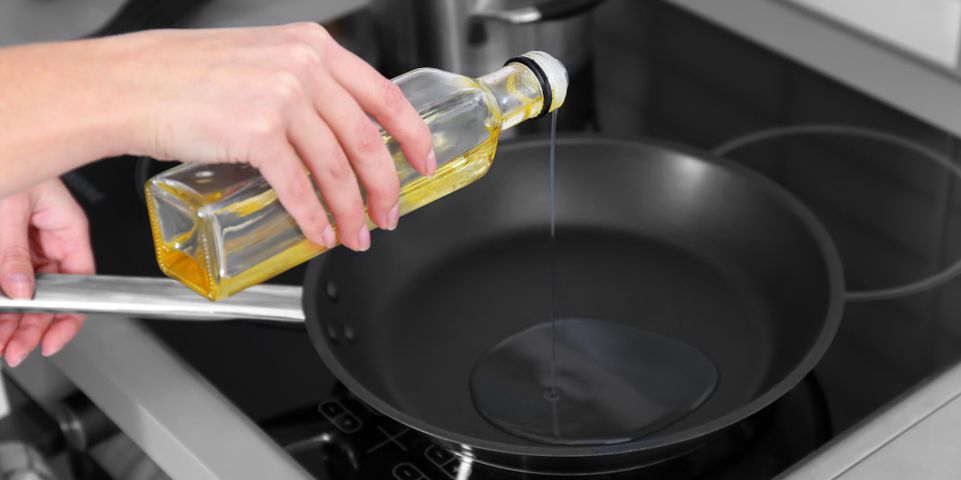
Although grease traps are most commonly used in restaurants, they are handy devices for homeowners that rely on septic systems. They separate any fats, oils, and greases (FOGs) in your wastewater and prevent them from flowing into the tank, causing it to pump more frequently. It’s a simple enough role, but grease trap cleaning can still be confusing to users. If you are considering adding one of these devices to your home, review the following frequently asked maintenance questions below.
4 Common Grease Trap Maintenance Questions
How often should you perform grease trap cleaning?
Depending on your specific device, grease trap cleaning can vary. However, most septic pumping professionals recommend emptying the trap after one-fourth of it is comprised of FOGs. At this point, the receptacle becomes less effective at keeping these substances out of your septic tank. Your risk of backflows and overflows also increases at this stage.
What are some signs that you need grease trap cleaning?
If you haven’t worked out a drain cleaning schedule yet, be on the alert for putrid smells. When the FOGs are not regularly removed, they will begin to rot, and a gas odor will build and spread inside your home.
Where is the grease trap located?
 Residential grease traps are installed between the kitchen drains and the septic tank, usually buried five to six feet underground. You can often find the access cover near the kitchen and with a metal lid.
Residential grease traps are installed between the kitchen drains and the septic tank, usually buried five to six feet underground. You can often find the access cover near the kitchen and with a metal lid.
How can you maintain it?
Once you’ve figured out how frequently the device fills with FOGs, you must schedule regular cleanings. Many homeowners enlist professionals to save on money, time, and hassle. However, you can lower the frequency of these appointments by adding enzyme-based bacterial treatments to the trap to eliminate odors and break down fats, oils, and greases.
If you don’t want to go through the hassle of grease trap cleaning, then contact the professionals at Great Bear Septic Service. The locally-owned-and-operated business provides full-service septic solutions to residents in the Putnam, Westchester, and Southern Dutchess Counties, NY. Schedule an appointment with them today by calling (845) 621-0250 and visit their website to learn more about how they can assist.
About the Business
Have a question? Ask the experts!
Send your question

